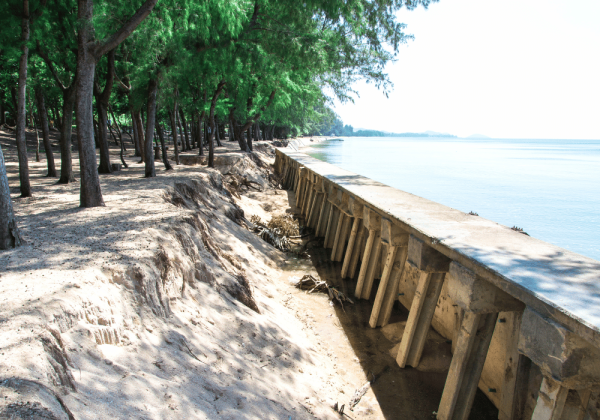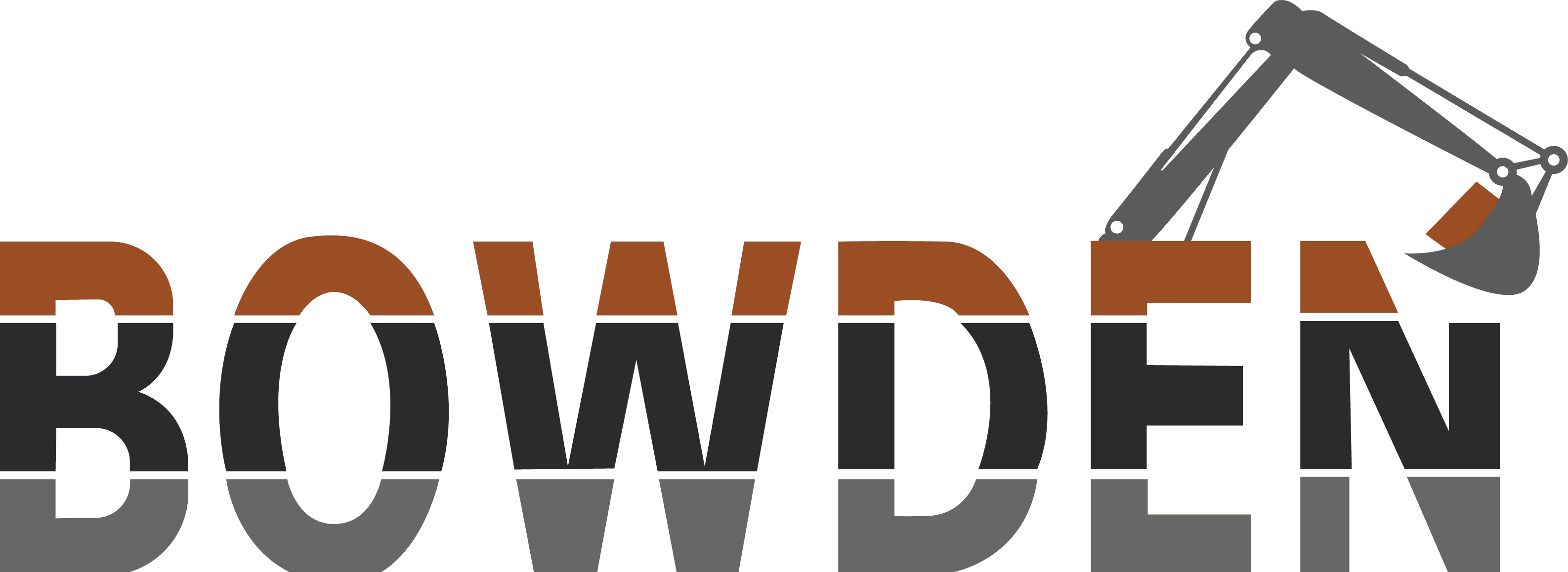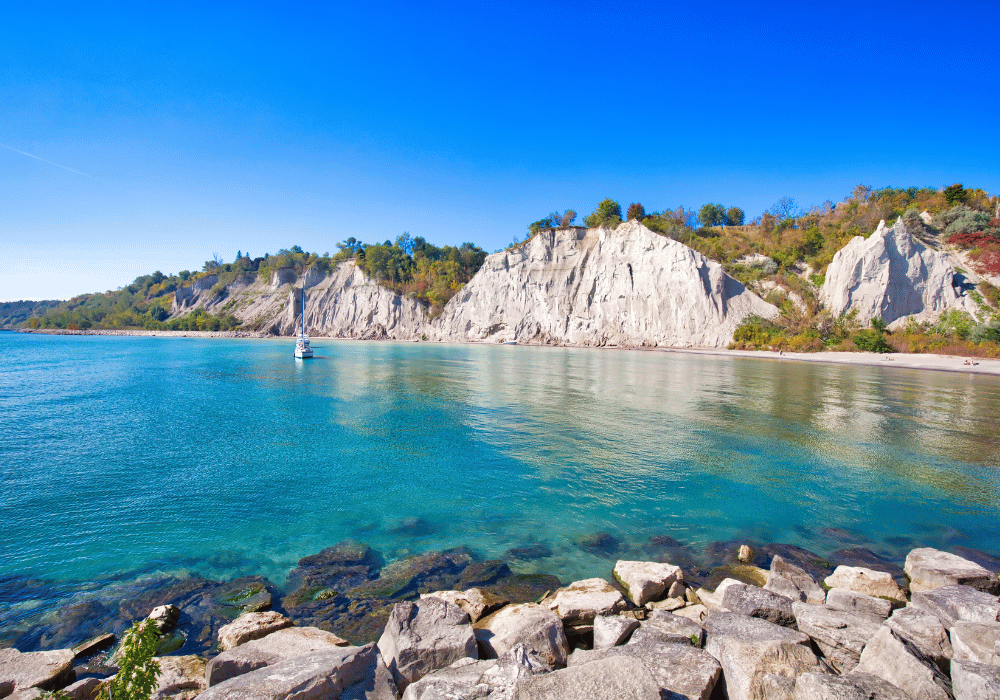Southwestern Ontario’s vast shorelines along Lake Erie and Lake Huron are vital not only for their natural beauty but also for their critical role in supporting local communities, economies, and ecosystems. However, these areas are increasingly threatened by shoreline erosion, a process that poses serious environmental and economic challenges. Effective shoreline management is essential to address this growing issue, protect natural habitats, and safeguard the livelihoods of those who depend on these precious resources. This blog explores the causes and effects of shoreline erosion and highlights strategies to ensure sustainable management for future generations.
Understanding Shoreline Erosion in Southwestern Ontario
 Shoreline erosion in Southwestern Ontario is the result of dynamic natural processes, with wave action, ice formation, and fluctuating water levels playing central roles. The constant movement of water erodes soil and sediments along the coast, reshaping shorelines over time. Seasonal ice formations compound this issue, as expanding and contracting ice can loosen coastal material and accelerate erosion. Water level fluctuations, often driven by changing climatic patterns, add another layer of complexity, with high water levels increasing wave energy and erosion rates. Together, these forces consistently reshape the shorelines of Lake Erie and Lake Huron, leaving nearby communities vulnerable.
Shoreline erosion in Southwestern Ontario is the result of dynamic natural processes, with wave action, ice formation, and fluctuating water levels playing central roles. The constant movement of water erodes soil and sediments along the coast, reshaping shorelines over time. Seasonal ice formations compound this issue, as expanding and contracting ice can loosen coastal material and accelerate erosion. Water level fluctuations, often driven by changing climatic patterns, add another layer of complexity, with high water levels increasing wave energy and erosion rates. Together, these forces consistently reshape the shorelines of Lake Erie and Lake Huron, leaving nearby communities vulnerable.
Human activities have significantly exacerbated the natural process of shoreline erosion. Coastal development, which often involves clearing vegetation and modifying natural drainage systems, reduces the land’s ability to absorb and disperse wave energy. Agricultural practices further contribute by increasing sediment runoff into lakes, disrupting the natural sediment balance critical to stabilizing shorelines. Altered drainage patterns, such as those caused by urbanization and infrastructure development, also intensify erosion by creating pathways for water to flow more forcefully and rapidly into the lakes. These activities amplify the vulnerability of Southwestern Ontario’s shorelines, accelerating degradation and increasing the risks for surrounding communities.
For property owners and communities along the shores of Lake Erie and Lake Huron, the impacts of shoreline erosion are deeply tangible. Coastal properties face the constant threat of land loss, with valuable real estate, gardens, and recreational areas gradually disappearing into the water. The costs of mitigating damage or rebuilding infrastructure become a financial burden for municipalities and residents alike. Community safety is also a growing concern, as erosion can destabilize cliffs and bluffs, posing risks to nearby homes and public spaces. Without immediate action, shoreline erosion threatens to undermine both the natural and built environments that are integral to life in Southwestern Ontario.
Environmental and Economic Consequences of Unmanaged Shorelines
Shoreline erosion has severe environmental consequences that reverberate across ecosystems in Southwestern Ontario. Habitat loss is one of the most immediate and visible effects, as eroding shorelines leave wetlands and coastal habitats in peril. These areas are critical for supporting diverse species of birds, fish, and other wildlife that depend on stable coastal environments for their survival. The loss of vegetation along shorelines also degrades water quality, with increased sedimentation reducing clarity and disrupting aquatic ecosystems. Over time, unmanaged erosion can lead to cascading ecological failures, reducing biodiversity and compromising the health of entire coastal ecosystems.
The economic costs of unmanaged shorelines are equally significant, placing a heavy burden on local governments, businesses, and residents. Property damage ranks among the most costly consequences, as erosion undermines buildings, roads, and other infrastructure along the coast. Residents may face steep expenses repairing or fortifying their properties, while municipalities shoulder the financial strain of replacing eroded public assets like parks, trails, and roads. Additionally, recreational opportunities diminish as beaches and waterfronts erode, leading to reduced tourism revenue for local businesses and communities. The ripple effects of unmanaged erosion are felt across the economy, affecting livelihoods and quality of life for countless individuals.
Long-term economic and community well-being are deeply tied to sustainable shoreline management, and failure to act has far-reaching implications. Tourism along Lake Erie and Lake Huron represents a vital economic driver for the region, with visitors drawn to the natural beauty and recreational opportunities offered by the lakes. Erosion jeopardizes these attractions, potentially decreasing visitor numbers and harming local businesses that depend on tourism. Fisheries also bear the brunt, as habitat loss and water quality issues impact fish populations critical to commercial and recreational fishing. For communities across Southwestern Ontario, unmanaged shorelines threaten not only their economic stability but also their cultural and historical ties to the region’s iconic lakes.
Effective Shoreline Management Strategies
 Addressing shoreline erosion requires a multifaceted approach that combines structural and natural solutions to achieve lasting results. Structural strategies, such as seawalls, breakwaters, and revetments, are often employed to shield important areas from the brunt of wave action. These barriers are engineered to reduce erosion by absorbing and deflecting wave energy, protecting coastal properties and infrastructure. Natural approaches, including beach nourishment and the planting of native vegetation, offer complementary benefits. By replenishing sand or stabilizing soil with plant roots, these methods restore coastal ecosystems while safeguarding against further erosion. A blend of these techniques ensures a balance between immediate protection and long-term ecological health.
Addressing shoreline erosion requires a multifaceted approach that combines structural and natural solutions to achieve lasting results. Structural strategies, such as seawalls, breakwaters, and revetments, are often employed to shield important areas from the brunt of wave action. These barriers are engineered to reduce erosion by absorbing and deflecting wave energy, protecting coastal properties and infrastructure. Natural approaches, including beach nourishment and the planting of native vegetation, offer complementary benefits. By replenishing sand or stabilizing soil with plant roots, these methods restore coastal ecosystems while safeguarding against further erosion. A blend of these techniques ensures a balance between immediate protection and long-term ecological health.
Integrated coastal zone management (ICZM) plays a crucial role in effective shoreline management by considering a wide range of environmental, social, and economic factors. ICZM emphasizes collaboration between stakeholders, including governments, businesses, and local communities, to develop strategies that address both short-term and long-term needs. For example, ICZM advocates for data collection and monitoring programs to better understand erosion patterns and inform decision-making. It also prioritizes protecting natural habitats, ensuring that economic development does not compromise the environment. By taking an integrated approach, ICZM fosters sustainable solutions that align with the diverse needs of stakeholders in Southwestern Ontario.
Responsible development is another key pillar of successful shoreline management. Enforcing setback regulations, which require structures to be built a safe distance from the shore, reduces the risk of property damage and protects natural coastal processes. Community engagement is equally essential, as local residents and organizations must play active roles in shaping and implementing shoreline management plans. Hosting workshops, public consultations, and volunteer planting events fosters a sense of ownership and ensures that management efforts are aligned with community values. By prioritizing sustainable development and involving local voices, Southwestern Ontario can build resilience against erosion while preserving its beloved shorelines for generations.
Shoreline erosion in Southwestern Ontario is a pressing issue that demands immediate and comprehensive action. From its environmental impacts to its economic costs, unmanaged erosion threatens the stability and well-being of communities along Lake Erie and Lake Huron. By understanding the natural and human factors driving erosion, recognizing its far-reaching consequences, and adopting effective management strategies, we can protect these invaluable resources for future generations. If you’re a property owner or community leader looking for guidance, Bowden Excavating is here to help. Together, we can preserve the beauty, functionality, and resilience of Ontario’s iconic shorelines.

